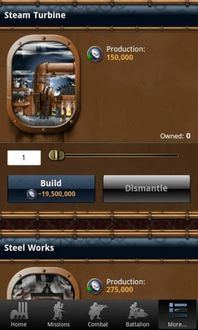Introduction to Steam: A Historical and Modern Perspective

Steam, a fundamental concept in the fields of physics and engineering, has played a pivotal role in the development of human civilization. This article delves into the history, applications, and significance of steam, exploring its journey from ancient times to the modern era.
Historical Context of Steam

The concept of steam dates back to ancient civilizations, where people observed the natural occurrence of steam in boiling water. However, it was not until the 17th century that scientists began to understand the properties of steam and its potential applications. The invention of the steam engine by Thomas Newcomen in 1712 marked a significant milestone in the history of steam.
The Steam Engine: A Revolution in Technology

The steam engine, a device that converts steam pressure into mechanical energy, revolutionized the industrial world. It powered machinery, locomotives, and ships, leading to the growth of industries and the expansion of trade. The steam engine's invention is often credited with initiating the Industrial Revolution, a period of rapid industrialization and urbanization.
Applications of Steam in Modern Times

While the steam engine played a crucial role in the past, steam continues to be an essential component in various modern applications. Here are some key areas where steam is utilized:
Power Generation
Steam remains a primary source of power generation in thermal power plants. By converting heat energy into steam, turbines are driven to produce electricity. This method is widely used across the globe, providing a significant portion of the world's energy needs.
Food Processing
In the food industry, steam is used for cooking, sterilization, and pasteurization. It is an essential tool for preparing a wide range of dishes, from steamed vegetables to sterilized medical equipment.
Textile Industry
The textile industry relies on steam for various processes, including dyeing, bleaching, and finishing. Steam helps in achieving uniform coloration and texture, ensuring high-quality fabrics.
Healthcare
In healthcare, steam is used for sterilization and disinfection purposes. It is an effective method for eliminating bacteria and viruses, ensuring a clean and safe environment for patients and healthcare professionals.
The Future of Steam

As technology advances, the role of steam in various industries continues to evolve. Here are some emerging trends in the use of steam:
Renewable Energy
The integration of renewable energy sources, such as solar and wind power, with steam generation is gaining traction. This hybrid approach aims to reduce greenhouse gas emissions and promote sustainable energy production.
Smart Steam Systems
Advancements in automation and control systems have led to the development of smart steam systems. These systems optimize steam production and distribution, reducing energy consumption and costs.
Environmental Concerns
Steam, a simple yet powerful concept, has shaped the course of human history. From the steam engine to modern applications in power generation, food processing, and healthcare, steam continues to play a vital role in our lives. As we move forward, the future of steam lies in sustainable and innovative solutions that cater to the evolving needs of society.
Steam History Engineering PowerGeneration FoodProcessing TextileIndustry Healthcare RenewableEnergy SmartSystems EnvironmentalConcerns

